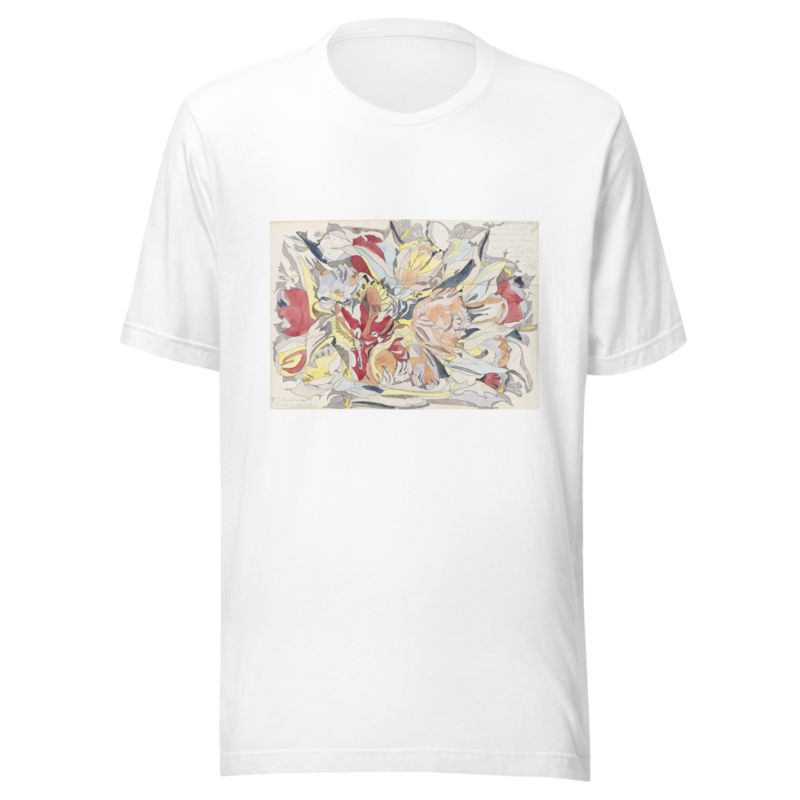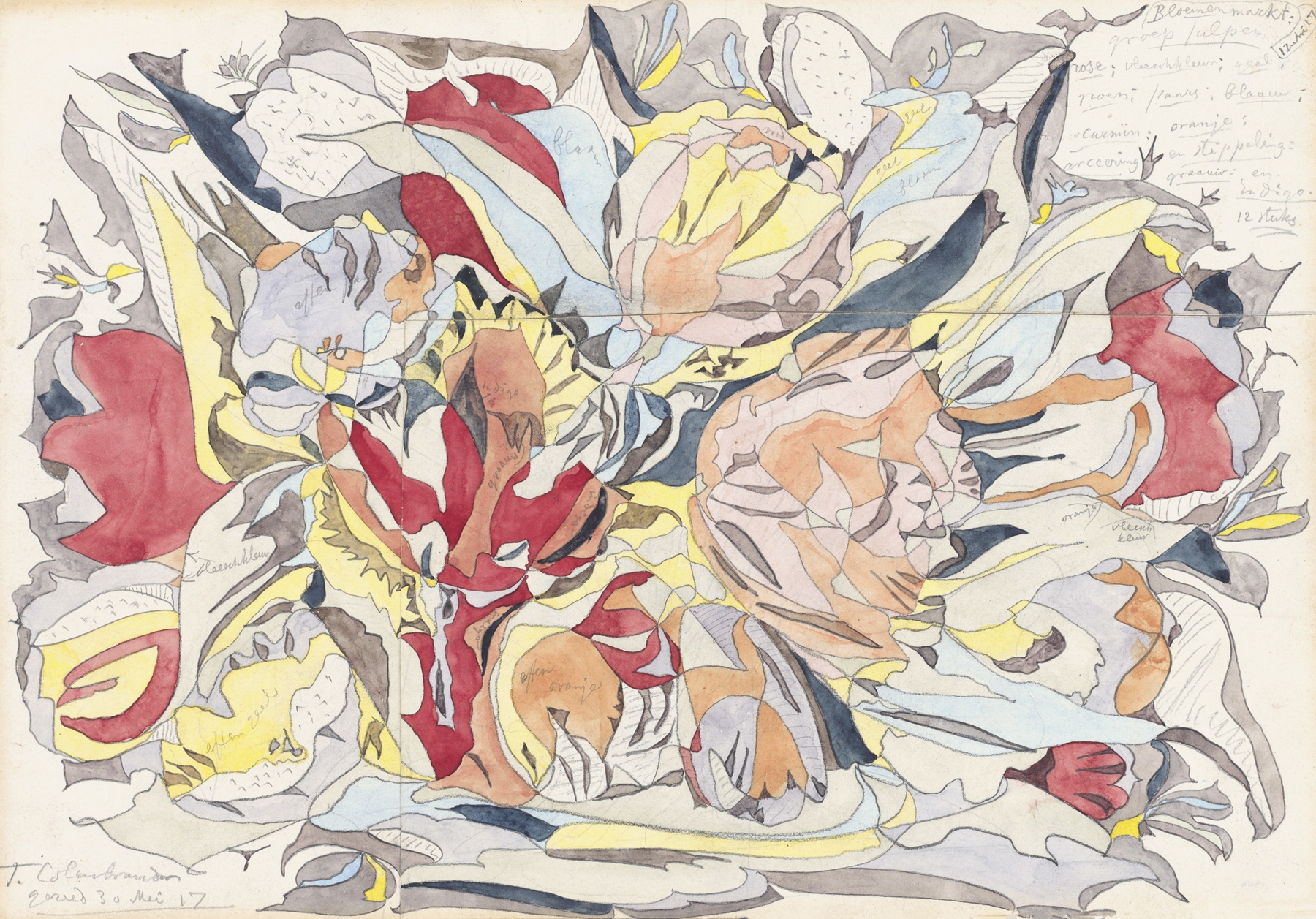Description
Bloemenmarkt by Theo Colenbrander printed on a T-Shirt
About the T-Shirt
Regular fit
Standard length, the fabric easily gives into movement
Casual wear
A classic, everyday option loved by our customers
Side-seamed
Constructed by sewing two parts together, creating a fitted look
The Unisex Staple T-Shirt feels soft and light with just the right amount of stretch. It’s comfortable and flattering for all. We can’t compliment this shirt enough–it’s one of our crowd favorites, and it’s sure to be your next favorite too!
- Solid colors are 100% Airlume combed and ring-spun cotton
- Ash color is 99% combed and ring-spun cotton, 1% polyester
- Heather colors are 52% combed and ring-spun cotton, 48% polyester
- Athletic and Black Heather are 90% combed and ring-spun cotton, 10% polyester
- Heather Prism colors are 99% combed and ring-spun cotton, 1% polyester
- Fabric weight: 4.2 oz./yd.² (142 g/m²)
- Pre-shrunk fabric
- 30 singles
- Side-seamed construction
- Tear-away label
- Shoulder-to-shoulder taping
- Blank product sourced from Nicaragua, Mexico, Honduras, or the US
Theo Colenbrander (1841 – 1930)
Theodoor Christiaan Adriaan (Theo) Colenbrander Dutch architect, ceramist plaque painter, and designer, characterized as the first Dutch industrial designer.
Colenbrander was born in Doesburg, where his father was one of the notables, who worked as commissioner, insurance agent, land agent, and director of the potato flour mill. Beside his regular school, he received additional education from the local city architect. In the late 1850s he started working for the architect L.H. Eberson (1822–1889) in Arnhem, who later became the chief architect for Willem III. He participated in some architectural contests by the Maatschappij tot Bevordering der Bouwkunst, and received some honorable recommendations. In 1867 he moved to Paris where he assisted in the construction of the Dutch pavilion for the World Fair in Paris of 1867.
Back in the Netherlands he settled in The Hague. From 1884 to 1888 he was designer and artistic director at the plaque factory Plateelbakkerij Rozenburg in The Hague. The Gemeentemuseum Den Haag recalls, that “Rozenburg pottery made a particularly important contribution to the transformation of Dutch decorative earthenware. This was due first and foremost to the architect T.A.C. Colenbrander (1841–1930), who designed a completely new and innovative range over the 1885-1889 period. His striking designs featured distinctively irregular shapes and fanciful decorative motifs, generally abstracted from nature and executed in an Expressionist palette.”
As designer he subsequently worked in Deventer, Amersfoort, The Hague in the year 1912–13, Oosterbeek (Renkum), and since the 1920s in Arnhem. From 1921 to 1924 he designed work for the Plateelbakkerij Ram, which only produced designs by Colenbrander.






Reviews
There are no reviews yet.